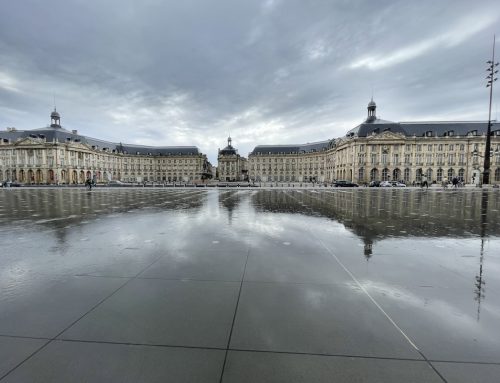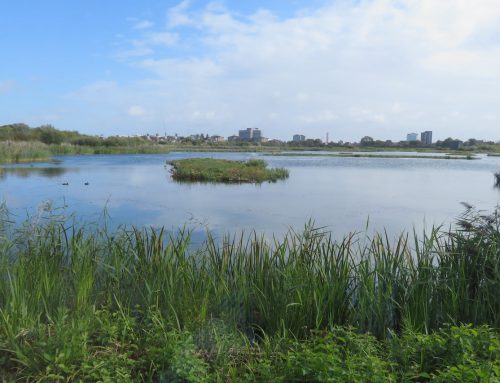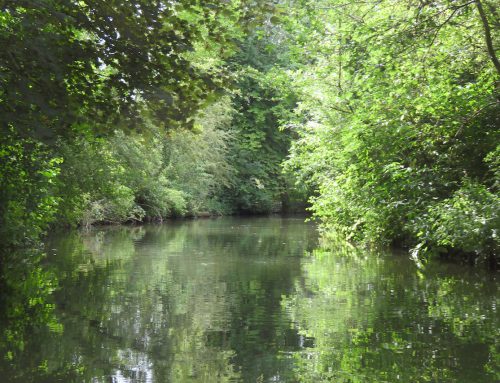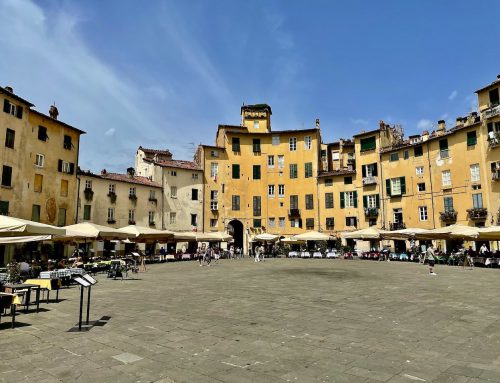Plod, Slither, Beetle Fall
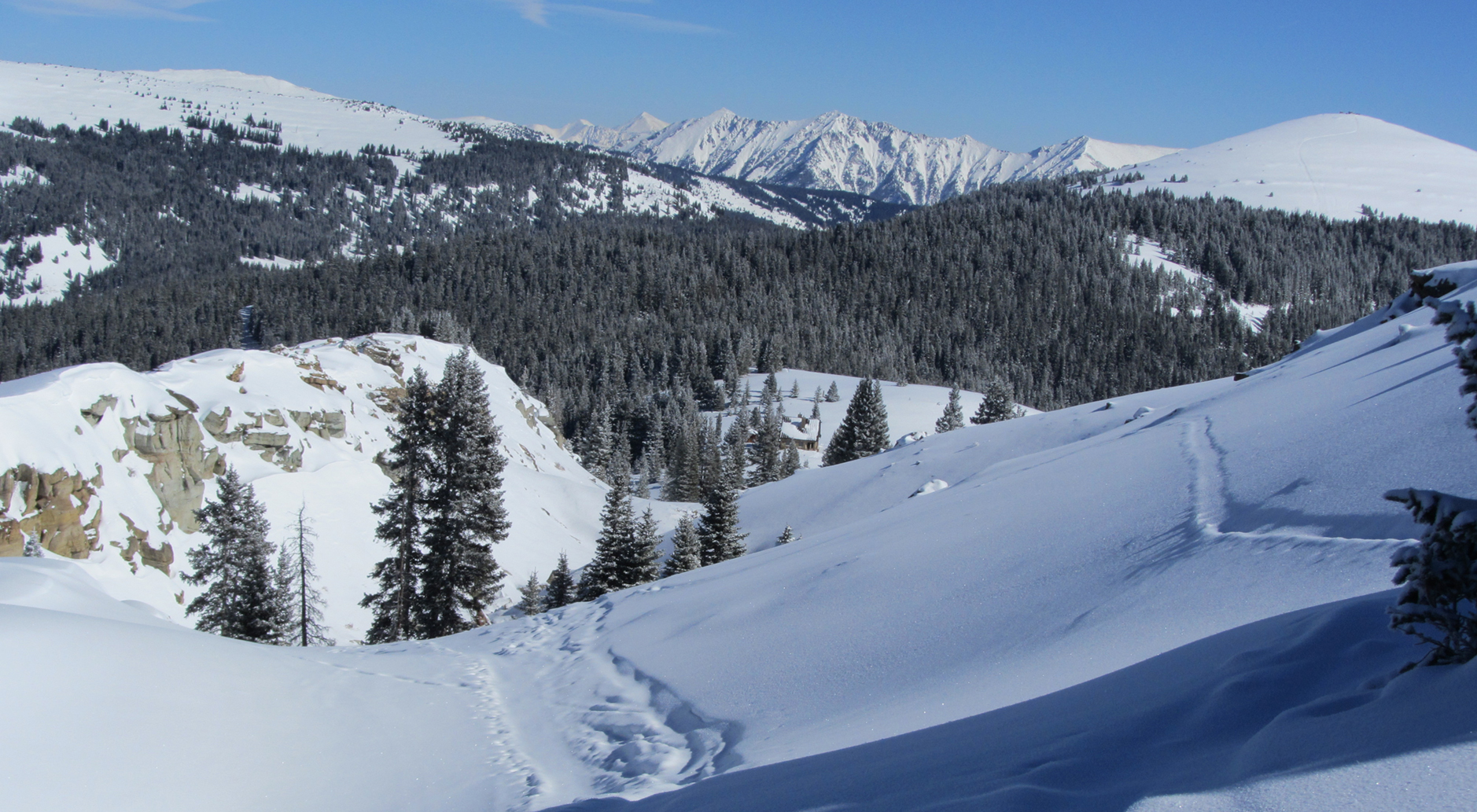
Day 15 with the Fowler Hilliard hut in the distance

Day 15 with the Fowler Hilliard hut in the distance
Vail, USA
So we have done it. The challenge was made, the offer accepted and 17 days of backcountry skiing later, the record has been set. I am now expert on the beetle fall, the pinball turn and avalanches turning safety into danger. My skis feel as natural as feet. The challenge? Crazy in one respect, simple in another, so perhaps I had best explain.
Spread around and between the skiing towns of Colorado’s Vail and Aspen is a massive six million-acre expanse of part-forested and mountainous wilderness. This is the home of the bear, mountain lion, elk, porcupine and red squirrel; a wildlife diversity that is difficult to beat. Yet man can travel through this area, too. However, be advised. The wilderness is not for wimps, particularly in winter. Navigation may be difficult, terrain may be steep and avalanches threaten permanently. The week I arrived saw the deaths of four individuals. I did not wish to be the fifth.
To encourage this backcountry travel a system of log huts has been created that surrounds the wilderness zone. These are the brainchildren of the US Army’s 10th Mountain Division, a hard-core winter warfare unit that was active in Europe during World War II and continues to serve commendably at home and overseas to this day. The first hut was built in 1982, a number that has increased steadily ever since and now comprises a total of 17. Yet no one, and this was the challenge, had ever skied them all in sequence; the most records showed was six.
My job, our job in fact, was to see if it was possible to ski the lot. Tim was my guide, as natural a backwoodsman as you could ever find. He clearly has a gene from Davy Crockett. Tim’s idea of misery is to be confined to anything with four walls. Happiest walking barefoot in the snow and surrounded by the most open of open spaces, Tim is your most essential item for a successful wilderness traverse. His only fault, if fault it is, is his taste in ski boot colour – lime green and lemon yellow. It gave us both endless scope for hilarity.
The end of the first day saw us at the Polar Star Inn, one of the more northerly huts in the 10th Mountain system. Our route had been largely uphill, a 2000-foot climb with skins, and I was totally exhausted. I lay on a misshapen mattress, wrapped in my sleeping bag, and listened to the wind outside. I could not see there was the remotest chance we would complete the course. My rucksack weighed a ton, I had already sustained cold injury to my nose and the first blisters were making themselves known. Plastic all-terrain ski boots are most unforgiving. There is one topic that unites all backcountry skiers – feet. Mention the word and everyone has their private recipe for blister avoidance.
The snow that day had been very unstable. More than two dozen times we had felt the sickening whoomph as our combined weight caused the thick upper layer of powder snow to crash forcibly downwards onto a thinner layer below. This is a classic sign of an imminent avalanche and should be taken seriously. Try standing, as I did, in a small clearing of open snow and watch the whoomphing set off small avalanches more than two hundred yards away. The snowpack was as unstable as it could be and it is difficult to tiptoe on skis. No wonder Colorado is the avalanche capital of the world.
Yet by the morning of the second day my morale had begun to recover. At least, I felt better until I discovered the pinball turn and beetle fall. The pinball turn is simple. As you rapidly descend through tightly packed trees, it is easy to misjudge your width, so you bounce off tree trunks rather than pass between them. Should your left shoulder strike a tree you will ricochet to the right. For the right shoulder the opposite applies. Tim, of course, would effortlessly avoid all vertical objects while I would hit each one.
With the pinball turn disaster can follow. After colliding with a massive aspen tree, I turned turtle and, after several somersaults, landed on my back in the snow. Imagine the sight. My huge rucksack dragged me down through two metres of powder while my arms and legs flailed wildly in the air. I could turn neither left nor right and I was certainly unable to rise to my feet. Did you ever play that cruel game with those tiny beetles as a child, where you would place the hapless insect on it back and watch it struggle to right itself? If you did, that was me in the Colorado wilderness. Welcome to the beetle fall.
To ski between 17 huts, overnighting in each, is a formidable undertaking. To preserve sanity, you should not think about reaching the end. Simply take each day at a time. Wake up each morning, disconnect your brain from your body and plod, and slither, and plod, and slither, with an occasional beetle fall. The huts will appear one by one, as they did for us, but be sure never to think beyond the next day.
The sequence of huts forms a massive circle, starting by Vail to the north, descending towards Aspen in the south, and then back to Vail once more. The total distance is 154 miles, which may not sound much, but when added to the slow pace of all-terrain skis, the 29,000 feet of ascent and an equivalent descent, such a journey is bound to take time. Food was a problem, as it was physically impossible to carry sufficient for 17 days. Tim had cached rations en route during the summer months to ensure we had sufficient to eat for the challenge. However, at 25 kilocalories per minute of energy expenditure while backcountry skiing uphill, it was impossible to keep pace with weight loss. As my beard grew, so my face became thinner and my beer belly truly disappeared, replaced by a sad-looking middle-aged abdominal six-pack.
A high spot of the journey was the fellow skiers we met. None was sufficiently daft to attempt the full circuit, as no one believed that to be possible. Most simply visited one hut for a few nights before returning the way they had come. Yet we met nurses and doctors, specialists in satellite communications, bird watchers and musicians, experts in yoga, at least two lawyers, and the mayor of a small Colorado town. They were all brilliant. None was interested in talking about their job back home. Feet and the risk of avalanche fascinated each. Backcountry skiing is the true leveller. He who is without blisters rules the day.
Navigation through the wilderness is a challenge. Satellite devices may seem perfect but can steer you towards, and over, the steepest cliff. They tell you where something is but not how to reach it. Traditional methods of map and compass are best, helped by blue markers and tree blazes carefully positioned by 10th Mountain staff.
Tim would sometimes stop, almost sniffing the wind, and with a distant Crockett-like expression, would proclaim, “I know the markers say we should go there but, Holy Cow, I think it’s over there.” He would then ski off in a diametrically opposite direction and was always, always right.
Slowly we travelled the circuit. Plod, slither, plod, plod. Plod, slither, beetle fall. One by one the huts would appear, most named after 10th Mountain soldiers and other personalities who had died during or after World War II. Peter Estin, Harry Gates, Skinner, Uncle Bud’s, Sangree’s – gradually the list grew. We told no one of our attempt as, almost to the last, we were aware how simple it would be to fail. One wrong turn, one broken binding, one bent ski pole would instantly bring our toiling to a halt. Whenever I felt a tiny wave of optimism, I suppressed it, as around each corner disaster could lurk. Plod, slither, plod, plod. Plod, slither, beetle fall.
Yet somehow we did it. Still I do not understand how. That seventeenth morning, our final day, I allowed myself a brief surge of buoyant enthusiasm. Surely we would make it now? Surely the record would be ours?
The Eiseman hut, named after a well-known surgeon with plenty of wartime experience, was our last port of call. Perched up high on the mountainside and overlooking Vail, the snow-embedded log structure slowly came into view. Three skiers were leaving as we arrived. They looked perplexed at the broad grin on both our faces, as it was too cold for most sane people to smile. Then Tim told them what we had achieved.
“Seventeen huts in 17 days! That’s impossible,” one exclaimed.
“Incredible. What’s the secret?” asked another.
“Simple,” we replied. “Anyone can do it. Plod, slither, plod, plod. Plod, slither, beetle fall.”
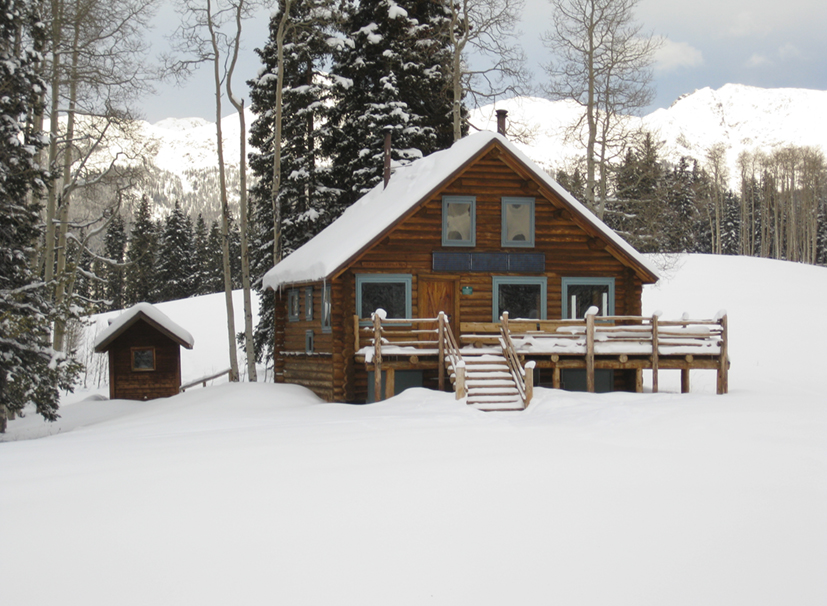
A 10th Mountain hut (Harry Gates)
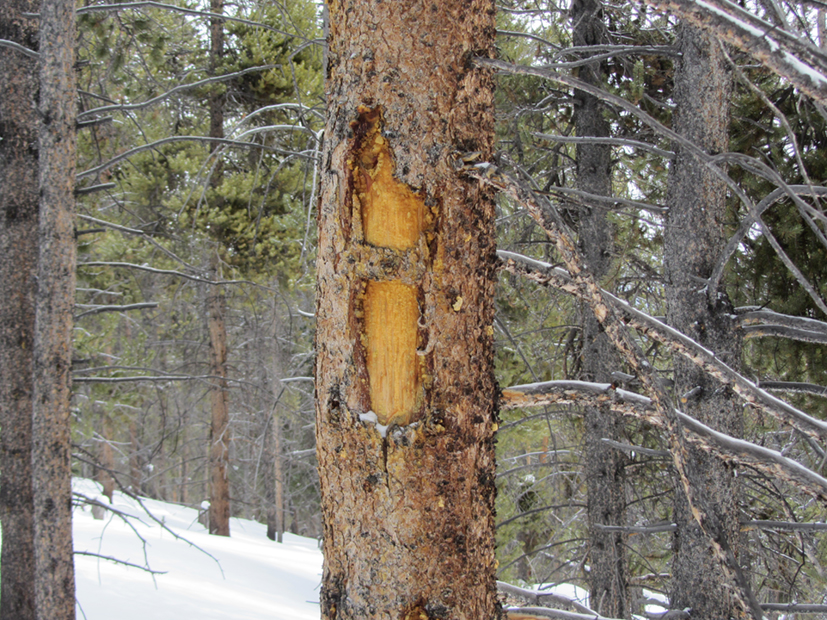
Blaze marks on trees would guide the way


